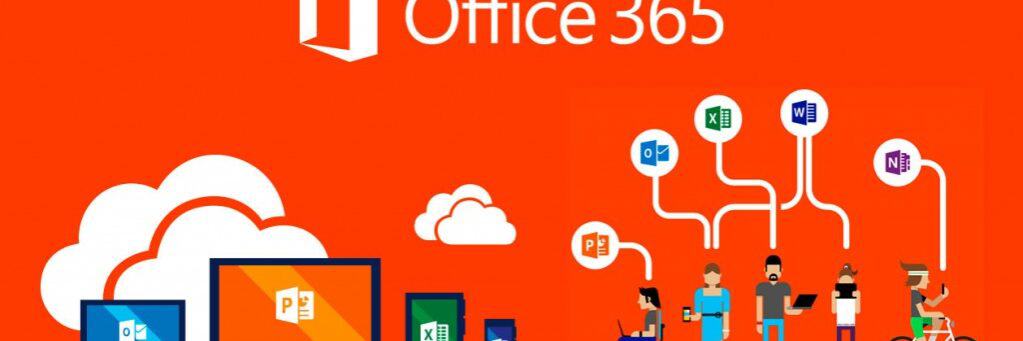Part 3 of 7
Online Resources to Discover and Learn about Office 365
OneDrive for Business
OneDrive for Business is an online document and file storage platform used by individuals and teams who need a central location to store, access, share and sync their work files. If you have a small business, it’s ideal to set up your own file storage to use OneDrive for Business and Office 365 team sites (built in SharePoint) for storing team or project-related documents.
Whilst you can share files from Onedrive, it is easier to think of OneDrive for Business as a storage for your files while the organisation’s SharePoint site is similar to a File Server (with a lot of extra functionality!).
To sync OneDrive for Business with your local computer, you’ll need the OneDrive for Business sync app which lets you synch your OneDrive for Business files to your computer. This sync app is available with Office 2016, or with Office 365 subscriptions that include Office 2016 applications. If you don’t have Office, a free download of the OneDrive sync app is also available.
Microsoft’s links to ‘What is OneDrive for Business’ and ‘Learn OneDrive’ contain all the information you need to start using the app.
- https://support.office.com/en-gb/article/What-is-OneDrive-for-Business-187f90af-056f-47c0-9656-cc0ddca7fdc2#__how_does_skydrive
- https://aka.ms/learnonedrive
Outlook Customer Manager
Outlook Customer Manager (formerly, or also known as, Business Contact Manager) is included as part of the Office 365 Business Premium Subscription. It utilises and builds on Outlook as your Personal Information Manager by managing customer relationships, giving you a 360o view of interactions with your customer(s), helping to track emails, meetings, phone calls, tasks and deals in progress. The fact that it is integrated into Outlook means that you already know and love much of what it already does. Outlook Customer Manager increases your visibility and knowledge of the current status of a customer relationship, in one place, using content and data from within Outlook, for example emails and calendar, pulling in content from other applications such as Skype for Business and Office Graph. As your organisation and business need grows, a move to Dynamics 365 is possible to take further advantage of enhanced customer information, process efficiency and deeper financial and customer insights.
The Microsoft Office Blogs and support sites have devoted much space to Outlook Customer Manager.
- https://blogs.office.com/en-gb/2016/11/14/introducing-outlook-customer-manager-relationships-made-easy-for-small-businesses/?eu=true
- https://support.office.com/en-gb/article/Get-started-with-Outlook-Customer-Manager-48331ce0-c356-4186-8987-c86676520dc7?ui=en-US&rs=en-GB&ad=GB
Microsoft’s Outlook User Voice page is a place to suggest future features and see what other users have put forward.
Continues…/part 4 – Deeper dive
For more information about migrating to Microsoft Office 365, click here.
